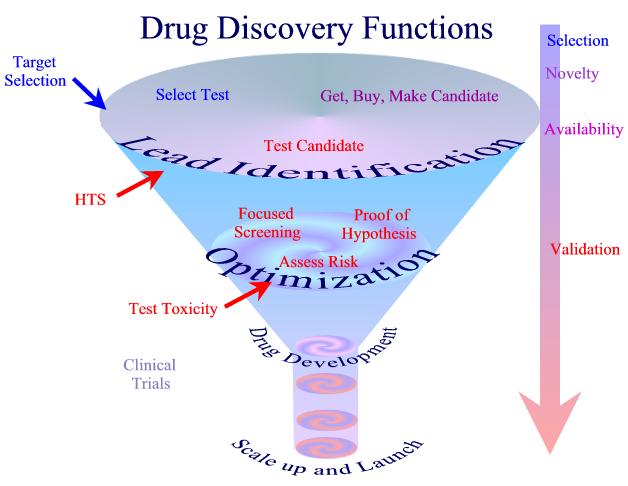
To start with the simplest one is Quantitative structure-activity relationship (QSAR) which is also referred to as 2D-QSAR sometimes. 3D-QSAR involving Comparative Molecular Field Analysis (CoMFA) and Comparative molecular similarity index analysis (CoMSIA) are extension of QSAR. QSAR is not able to take the three dimensional structure of a molecule into consideration due to absence of three-dimensional parameterization of structures. 3D-QSAR scores over QSAR in this respect. Docking studies throw more light on the binding modes of drugs with their target proteins but it is feasible only when the crystal structure of the target enzyme/protein is known with good resolution. Docking studies are also used for virtual screening of databases. But the ideal technique for virtual screening of compounds is through pharmacophore mapping and screening, especially when the structure of the target is not known. Very large databases can be first screened by pharmacophorebecause the technique is quite fast followed by screening of the positive hits using docking studies. Insilico designing of novel compounds can also be performed using deNovodesigning techniques subject to the condition that the target structure in known.
| Yadav M R. New drug discovery: Where are we heading to?. J Adv Pharm Technol Res 2013;4:2-3 |
| URL: Yadav M R. New drug discovery: Where are we heading to?. J Adv Pharm Technol Res [serial online] 2013 [cited 2014 Aug 12];4:2-3. Available from: http://www.japtr.org/text.asp?2013/4/1/2/107493 |
Filed under: Drug discovery Tagged: drug discovery, QSAR, Quantitative structure-activity relationship, virtual screening